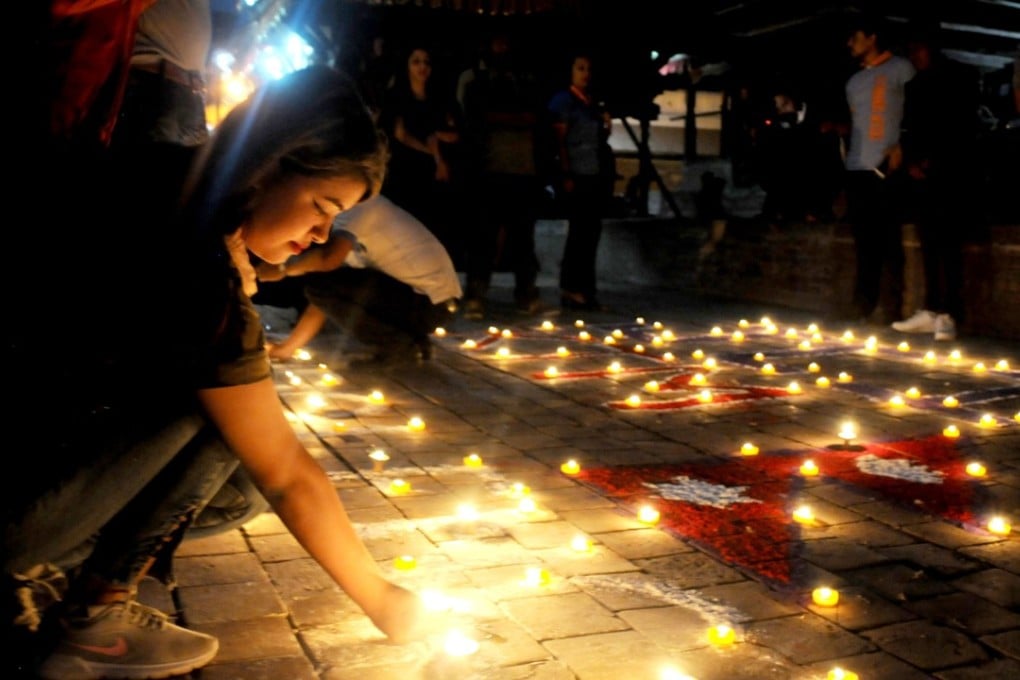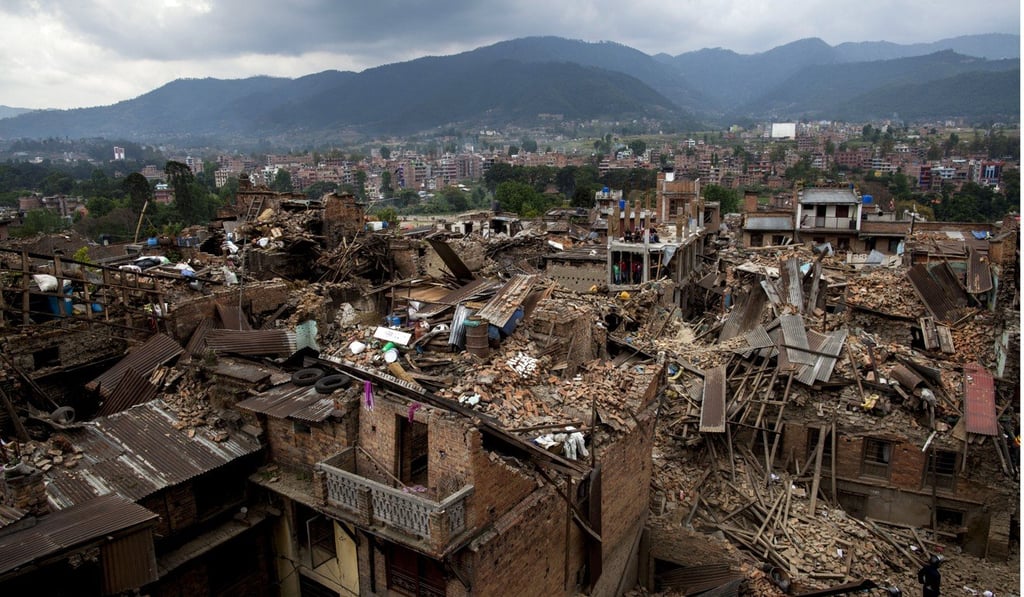US to end special protection for 9,000 Nepalese immigrants, giving them 2019 deadline to leave
The special status for Nepalese immigrants was put in place after a devastating 2015 earthquake

The Trump administration will end special protections for an estimated 9,000 Nepalese immigrants living in the United States, giving them until June 24, 2019, to leave or find another way to stay in the country, the Department of Homeland Security said Thursday.
They were granted that status during the Obama administration after an April 2015 earthquake killed more than 8,000 people in Nepal, and it was extended for 18 months in October 2016.
But DHS said that after a review of conditions in the country, Secretary Kirstjen Nielsen concluded the protections were no longer warranted.

The US created Temporary Protected Status in 1990 to provide a safe haven for citizens of countries affected by war and natural disasters such as earthquakes, floods and hurricanes. The status currently shields several hundred thousand people from 10 countries. It generally includes authorisation to work.
The decision on Nepal probably will be felt most acutely in New York and the Dallas-Fort Worth area, which had the largest Nepalese immigrant communities in the United States in 2015 with 9,000 each, according to the Pew Research Center. Washington, San Francisco, Baltimore, Pittsburgh and Columbus, Ohio, also have large communities.
